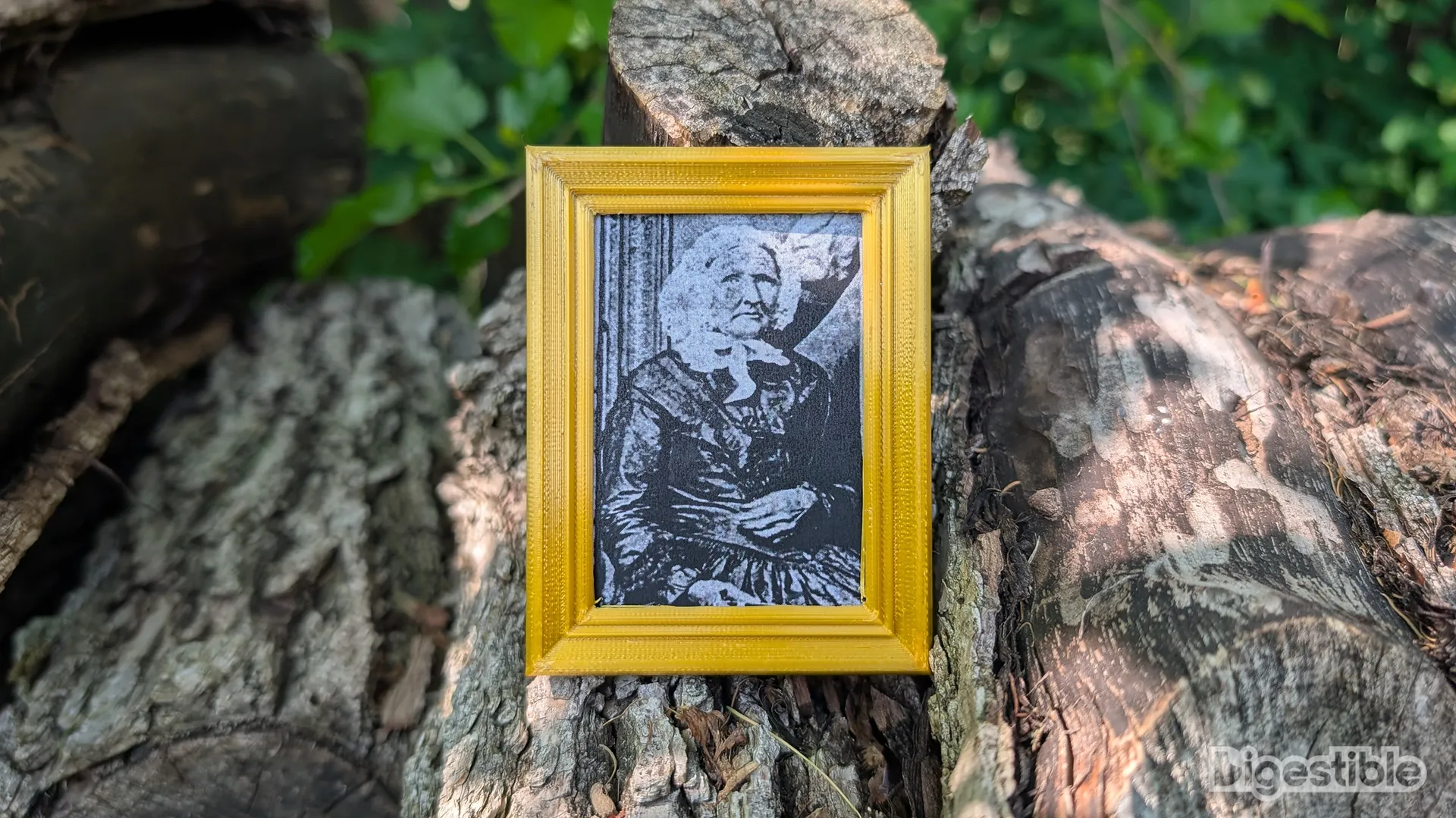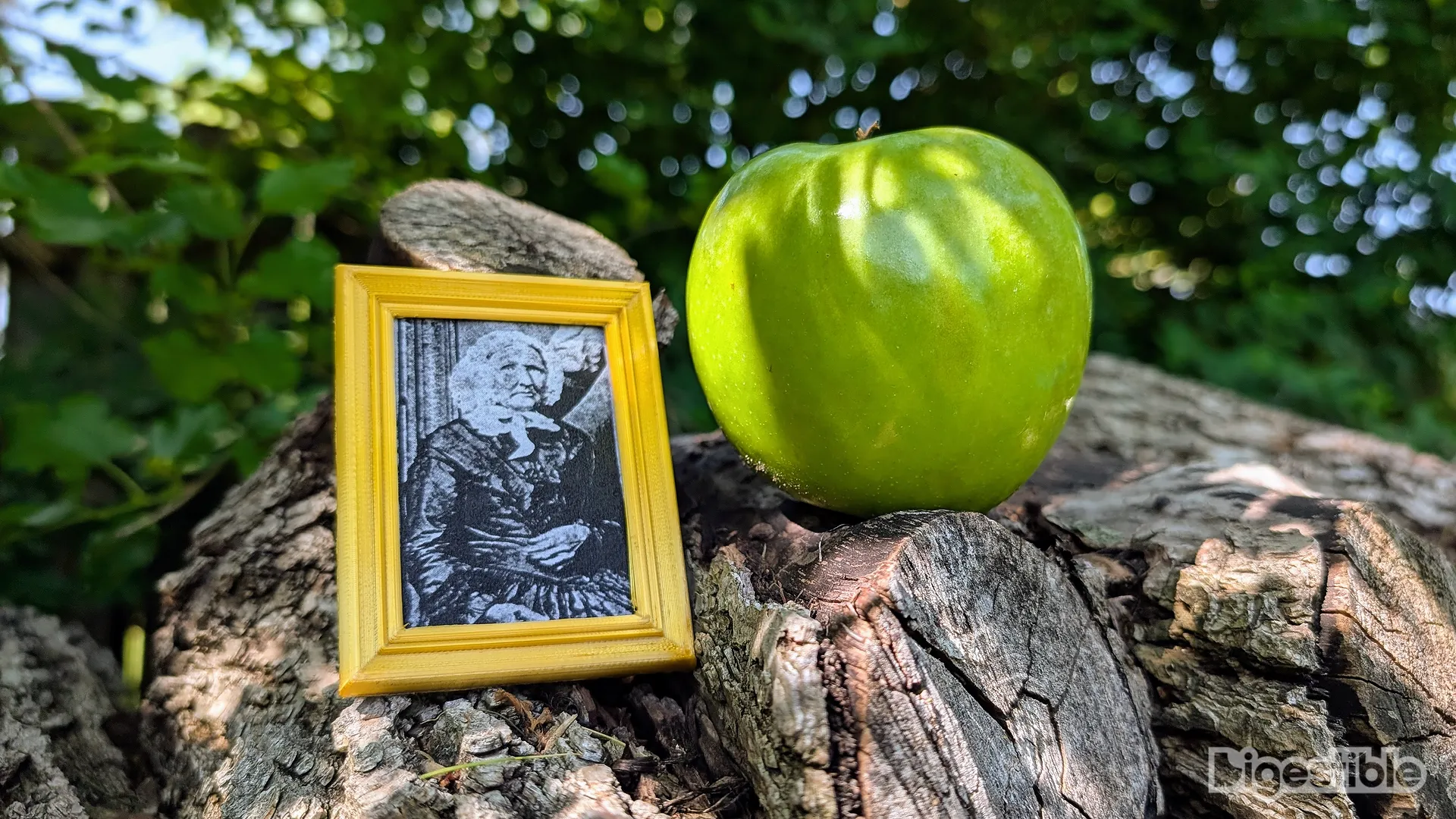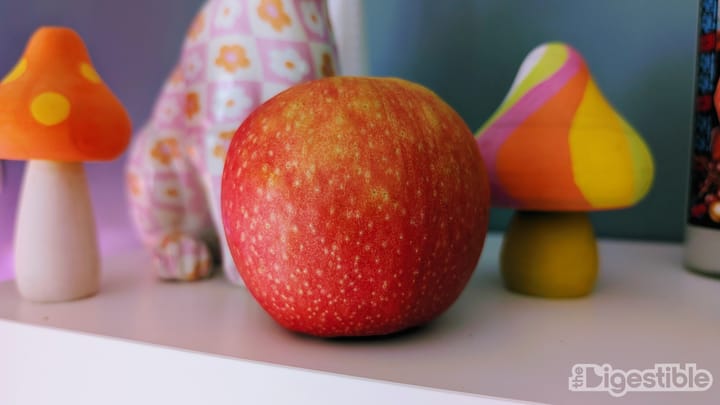Who is Granny Smith?
And how did she get an apple named after her?

It's funny how you can say something a million times in your life and never really think twice about it. Granny Smith Apples are as classic as they come, but it wasn't until just recently that the name jumped out at me. Who the heck is Granny Smith anyway?
With a name like "Smith," you might expect the story to take place in the United States. However, this one takes us to Australia in the late 1800s. A women named Maria Ann Smith lived on an orchard with her husband and eight kids. After using some Tasmanian-grown crab apples, she discarded the cores outside, and soon discovered a new mystery plant had sprung up in their place.
She cared for the plant and found it produced apples that were good for cooking and general consumption. Sadly, Smith died only a couple of years later, but local planters continued her work. She had become well-known in her community, earning the nickname "Granny Smith," and that was the name the apples won a prize under at a horticultural show in 1890. The rest is history.

It's a pretty cool story, but there's one thing that's particularly interesting to me. At the time, the Granny Smith Apples were described as being "sweet and crisp to eat"—not tart. Today, Granny Smith Apples are famously known for being tart. That's their entire appeal. So what happened?
Now, I'm only guessing here, but I have a couple of theories. We haven't always had the abundance of apple varieties that we have today. Smith was literally using crab apples, which are extremely tart and barely edible when raw, for cooking. A Granny Smith Apple likely would taste sweet if that was it's competition.
I think flavor context has changed over time, too. People in the 1800s didn't have Peelerz Gummy Candy and Fruity Pebble Pancakes. What was considered "sweet" to someone in that time would be very different than what we consider "sweet" today. Give Granny Smith some Nerds Rope and she might think differently about the flavor of her apples.
Speaking of flavor, let's get into a quick review. Granny Smith Apples are not particularly great for eating out of hand by today's standards. The skin is tough, the flesh is rock solid, and while sweetness levels vary, they're generally very sour. However, they're perfect for a couple very specific purposes.

First, as most people know, Granny Smith Apples are excellent for baking. When that harsh flavor and firm flesh get cooked down, the subtle sweetness is amplified and the apples don't turn to mush. You're left with something that's well balanced and has a nice texture.

Second, they're great for dipping! I'm rating apples based on how they pair with peanut butter as I review them, and Granny Smiths score very well in this category. But it's not just peanut butter—they're great with any sweet dip. The tartness balances the sweetness, and the sturdy apple can hold as much dip as your heart desires.
So, that's the story on the Granny Smith. Before apples had flashy names and their own social media accounts, a 69-year-old farmer from Australia was cultivating one of the most famous apples in human history. While I wouldn't choose a Granny Smith over most modern apples, I can't help but have a soft spot for them. Now, pass the peanut butter.




